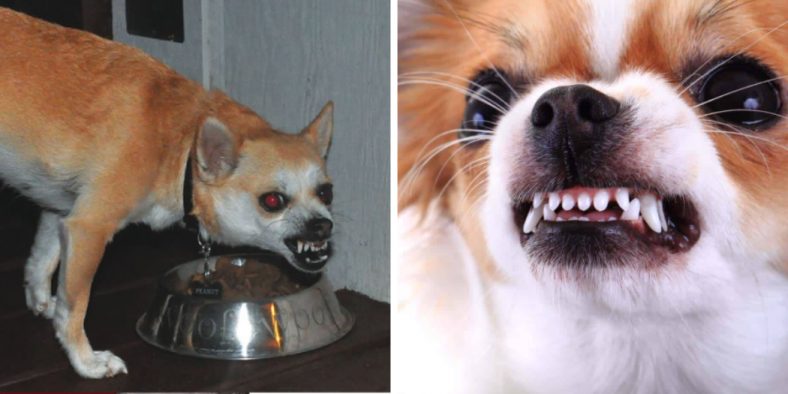Resource guarding is a common issue in dogs, but it can be fixed with some patience and work. In this post, we’ll go over the basics of resource guarding and how to fix resource guarding in dogs.
We’ll also provide some tips to help make the process easier for both you and your pup. So, whether your dog is already exhibiting resource-guarding behaviors or you’re just trying to prevent them from developing, read on for helpful information!
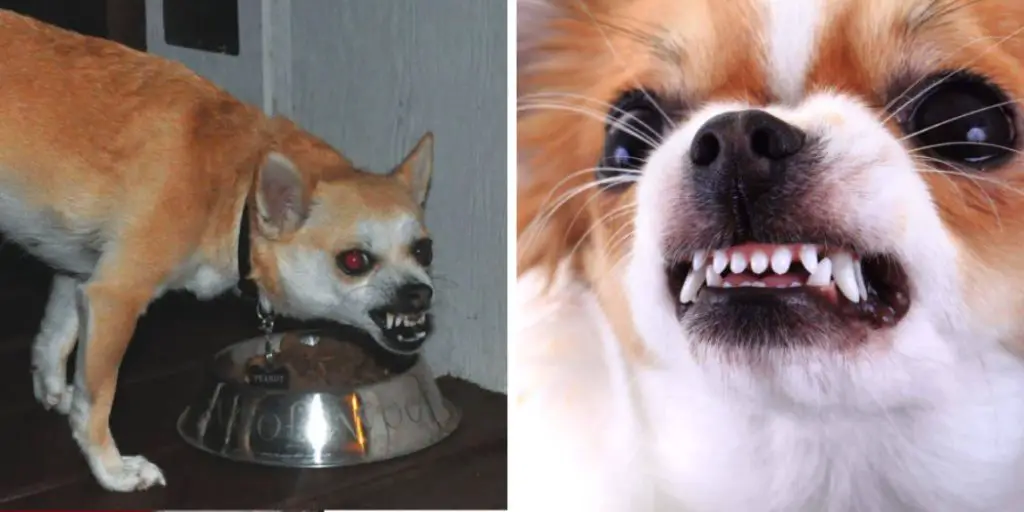
Contents
What Is Resource Guarding in Dogs?
Resource guarding is a natural instinct in dogs that helps them protect their food, toys, and other prized possessions. While most dogs will grow out of it as they learn to trust their owners, some may continue to guard their resources throughout their lives.
Resource guarding can take many forms, from growling and snapping when someone comes near their food bowl to biting if someone tries to take away their favorite toy.
While it may seem like aggressive behavior, resource guarding is actually a sign of insecurity. Dogs who feel anxious or threatened are more likely to guard their resources to feel safe.
The good news is that there are many ways to help a dog feel more secure, including providing plenty of positive reinforcement and training them to accept handling. With patience and understanding, most dogs can learn to overcome their fears and enjoy a happy, well-adjusted life.
Why Should You Fix Resource Guarding in Dogs?
Resource guarding is a behavior often seen in dogs, whereby the dog tries to protect access to a valued resource, such as food, toys, or even affection. This behavior can be dangerous, both to the dog and any humans trying to approach the dog while guarding a resource. There are several reasons why it is important to work on correcting resource-guarding behavior in dogs.
First, it is a sign of insecurity and anxiety, leading to further behavioral issues if not addressed. Second, it can be dangerous for the dog and any humans who try to approach the dog while guarding a resource; there have been cases of dogs biting people who have tried to take away their food, for example.
Finally, resource guarding can be very stressful for the dog itself; many dogs who guard resources are constantly on edge, afraid that they will lose access to what they see as their property. Therefore, if you have a dog displaying signs of resource guarding, it is important to seek professional help to address the issue before it becomes more serious.
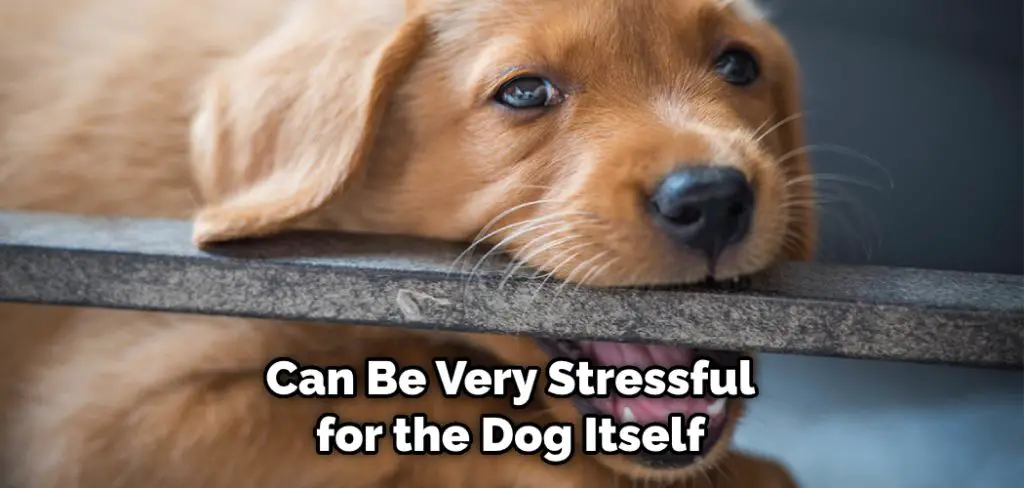
7 Steps to Follow on How to Fix Resource Guarding in Dogs
Resource guarding is a common behavior issue in dogs. It occurs when a dog needs to protect a resource, such as food, toys, or even you, from other dogs or people. Resource guarding can be a serious problem because it can lead to aggression. However, if you have a resource guard dog, there are some things you can do to help fix the problem.
1. Understand Why Your Dog Is Resource Guarding
The first step to fixing resource guarding in dogs is understanding why they are doing it. Resource guarding is a natural behavior that occurs when an animal feels like their food, toys, or other resources are threatened. For example, dogs may start to resource guard if they feel like they are not getting enough food, are afraid of losing their toys, or have been scolded for taking food from the table.
2. Do Not Punish Your Dog for Resource Guarding
Punishing your dog for resource-guarding will only make the problem worse. Dogs punished for resource guarding may become more aggressive and start to guard their resources more frequently. Instead of punishment, you should focus on rewarding your dog for good behavior.
3. Teach Your Dog to “drop It” or “leave It.”
One way to stop resource guarding is to teach your dog the commands “drop it” or “leave it.” These commands will tell your dog to let go of whatever they are holding onto and help prevent them from grabbing onto things they should not have.
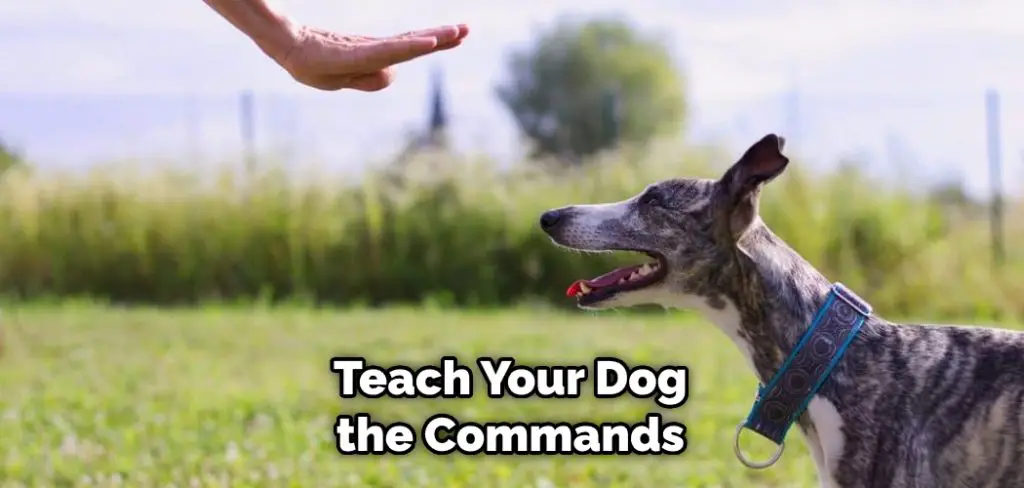
4. Give Your Dog Plenty of Exercises
Well-exercised dogs are less likely to resource guard as they will be too tired to worry about protecting their resources. So make sure to give your dog plenty of time to run and play daily.
5. Feed Your Dog in Separate Areas
If your dog is resource-guarding their food, you should try feeding them in separate areas from other pets or people. This will allow them to eat in peace and help prevent them from feeling like their food is being threatened.
6. Do Not Stare at Your Dog While They Eat
Staring at your dog while they eat can be interpreted as a threat and may cause them to start resource-guarding their food. Instead, try averting your gaze and giving them space while eating.
7. Seek Professional Help if Needed
If you have tried all these tips and are still having trouble with resource guarding, you may need to seek professional help from a trainer or behaviorist. They will be able to help you create a plan that is specifically tailored to your dog’s needs and can help you finally stop resource guarding.
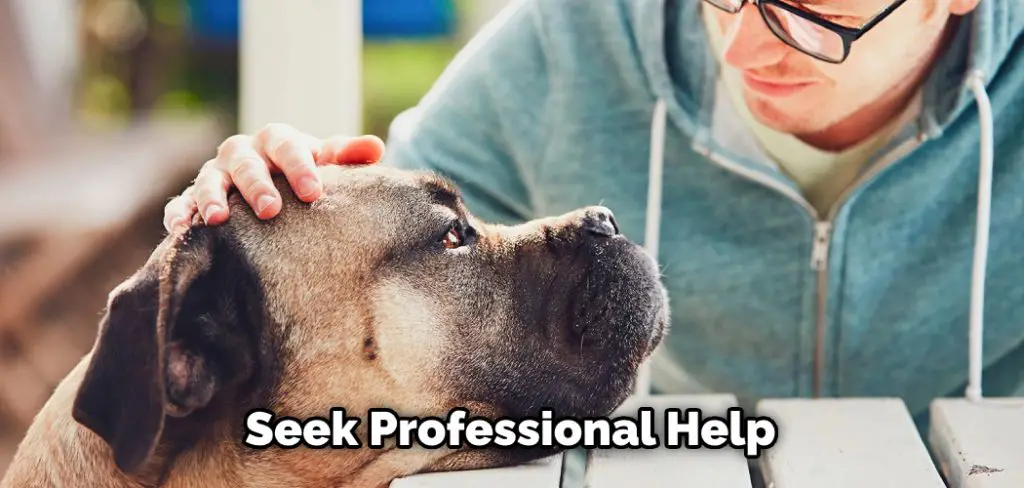
That’s it! You’ve now learned how to fix resource guarding in dogs. Remember to be patient and consistent, and seek professional help. With a little time and effort, you can get your dog to stop resource-guarding and live a happy life.
How to Spot Resource Guarding in Dogs
One of the most important things to remember when training a dog is that they can feel a wide range of emotions, just like humans. While this emotional complexity can be one of the things that make dogs such great companions, it can also lead to behavioral problems if not properly understood and addressed.
One such problem is resource guarding, which occurs when a dog becomes possessive of a particular item or location and begins to view it as a valuable resource that needs to be defended. Here are some signs that your dog may be exhibiting resource guarding behavior:
- They growl, snap, or lunge at others who approach them while they are eating or playing with a toy.
- They become very still and stiff when someone tries to touch them while they have something in their mouth.
- They guard toys or food against other dogs, even when they are not hungry or playing with the toy themselves.
- They stare intently at other dogs or people who come near something they view as their own.
Suppose you notice any of these behaviors in your dog. In that case, it is important to consult with a professional trainer or behaviorist who can help you address the issue before it becomes a bigger problem.
How to Prevent Resource Guarding in Dogs
Dogs are naturally possessive of their food and toys, and this behavior is often amplified when they live in a home with multiple pets. Resource guarding can lead to aggression, and it can be difficult to break this behavior once it starts.
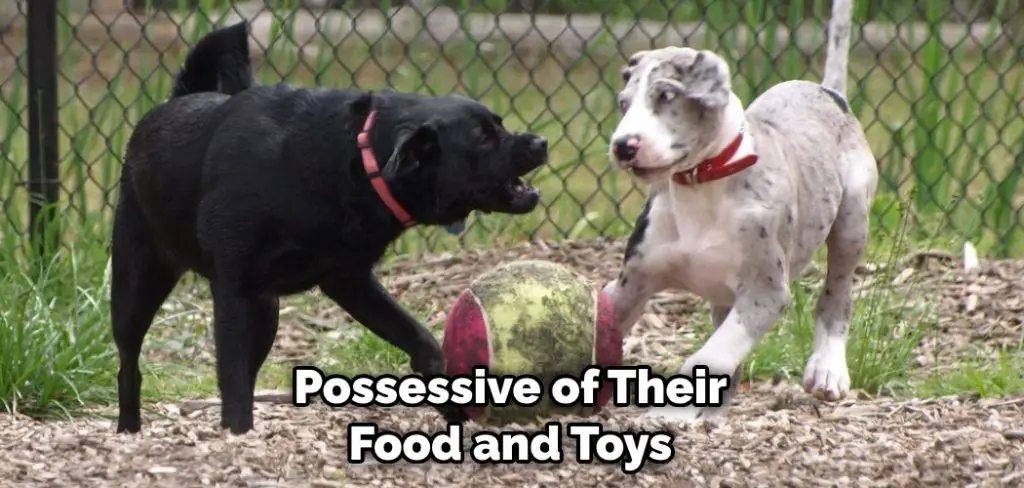
The key to preventing resource guarding is to socialize your dog from an early age. Dogs that are raised around other animals are less likely to view them as a threat, and they will be more likely to share their resources.
Providing plenty of opportunities for your dog to succeed is also important. Make sure there are plenty of toys and bones to go around and praise your dog lavishly when they display cooperative behavior. With patience and consistent training, you can help your dog overcome their natural tendencies and develop a healthy attitude towards sharing.
You Can Check It Out To Fix a Dog Leash
How to Deal with A Dog that Guards Resources
It’s not uncommon for dogs to be possessive of their food or toys – after all, these are important resources that they rely on for survival. While it may seem cute when a small dog growls over their bone, this behavior can become problematic as a dog gets older and larger.
If your dog exhibits resource guarding signs, you can do a few things to help them feel more comfortable sharing its belongings.
First, continue to provide them with plenty of their own food and toys so that they don’t feel the need to guard these items as strongly. You can also try trading them for something else that they value, such as a treat or a toy.
Finally, avoiding any type of punishment is important, as this can only worsen the problem. With a little patience and understanding, you can help your furry friend overcome their resource-guarding instincts.
How to Train a Dog Not to Guard Resources
Any dog owner knows that one of the most important things to teach a pup is not to guard resources. After all, no one wants their dog to grow up to be territorial and aggressive. But how exactly do you train a dog not to guard resources? The key is to start early and be consistent with your commands.
Whenever your dog shows signs of resource guarding, such as Growling or snapping at other people or animals, immediately say “no” in a firm voice. Then provide your dog with an alternate chew toy or bone. With time and patience, your dog will learn that there is no need to guard resources, as they will always be well-provided for.
Conclusion
Resource guarding is a common behavior issue in dogs, but it can be fixed with patience and consistency. If you have a resource guard dog, work on desensitizing them to the trigger and focus on rewarding good behavior. You can help your dog overcome this behavior issue with time and patience. Thanks for reading our post about how to fix resource guarding in dogs.

